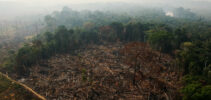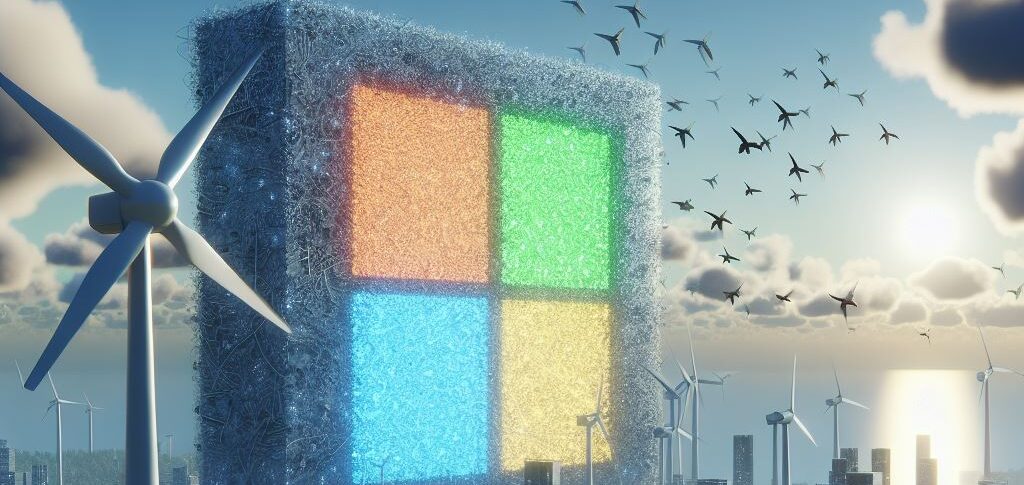The increase in deforestation, especially in the Amazon, is the main factor behind the increase, according to Ipam. From 2020 to 2021, the total CO2 equivalent (GtCO2e) that affected Brazilian biomes increased from 1 billion to 1,19 billion gross tons.
ADVERTISING
In 2021, the states of Pará and Mato Grosso top the list, accounting, respectively, for 18,5% and 11,1% of the volume of gases released into the atmosphere. Next are Minas Gerais (6,9%), São Paulo (6,5%) and Amazonas (5,7%), which surpasses Rondônia as the third state with the most emissions from deforestation in the country.
The study reveals that land use changes are the component that increased the majority of Brazil's gross emissions two years ago. When emissions resulting from deforestation and other changes in land use are added to those resulting from agribusiness activities, it appears that these are equivalent to 74% of all climate pollution recorded in 2021 in the country.
“The majority of gross emissions (92%) are caused by changes in land use, which mostly consist of deforestation in the Amazon biome, which concentrates 77% (911 MtCO2e) of the sector’s gross emissions in 2021”, highlights the Ipam, in note.
ADVERTISING
Recommendations
The SEEG document indicates that the spread of gases in the atmosphere in the country was twice as high as the world average in 2021. The team responsible for the measurement analyzes data collected since 1970 and the consequences of emissions for the climate goals that the country lays down.
The report recommends that the federal government “immediately correct the carbon 'pedal' of the Brazilian Nationally Determined Contribution (NDC), before the meeting of the United Nations Framework Convention on Climate Change (UNFCCC), which takes place in June 2023, in Bonn, Germany.
Another suggestion is that the government promote a participatory model to build an NDC for 2030, which replaces the previous one and is compatible with the 1,5°C target. Finally, the researchers advise government authorities to draw up a plan to implement the NDC and establish a trajectory for Brazil's emissions, which provides carbon budgets with maximum values to be emitted each year or every five years and which contains a proposal for actions to combat deforestation and forest recovery.
ADVERTISING
(To Agency Brazil)
Read also
* The text of this article was partially generated by artificial intelligence tools, state-of-the-art language models that assist in the preparation, review, translation and summarization of texts. Text entries were created by the Curto News and responses from AI tools were used to improve the final content.
It is important to highlight that AI tools are just tools, and the final responsibility for the published content lies with the Curto News. By using these tools responsibly and ethically, our objective is to expand communication possibilities and democratize access to quality information. 🤖





